Unveiling Frailty: Understanding, Prevention, and Management in an Aging Society
As our society continues to age, a new health concern has emerged that warrants our attention: frailty. This condition goes beyond the normal aging process and can significantly impact the well-being of older adults. In this blog post, we will delve into the intricacies of frailty—what it is, its impact, and practical steps to prevent and manage it. With the aging population, understanding frailty is crucial not only for individuals but also for healthcare systems and communities.
Understanding Frailty: Defining the Condition
Frailty is a concept that has gained significant attention in the field of gerontology and healthcare. It refers to a state of vulnerability characterized by reduced physiological reserves and an increased susceptibility to adverse health outcomes. While frailty is often associated with aging, it is important to recognize that not all older adults are frail, and not all frail individuals are elderly.
Frail individuals are at a higher risk of adverse health outcomes, including falls, hospitalization, disability, and even mortality. It's important to note that frailty goes beyond physical weakness—it encompasses psychological and social aspects as well.
Global Statistics on Frailty
According to the World Health Organization (WHO), the
prevalence of frailty among community-dwelling older adults ranges from 4% to
59%, with variations due to factors such as population characteristics,
healthcare systems, and definitions of frailty used in different studies.
A meta-analysis published in the "Journal of the
American Medical Association" (JAMA) found that the overall prevalence of
frailty among community-dwelling older adults was around 10.7% globally.
Frailty is more common in older age groups, with the highest
prevalence observed in individuals aged 80 and older.
Frailty Statistics in Singapore
Singapore, like many developed countries, is experiencing an
aging population. As of 2020, about 15.5% of Singapore's population was aged 65
and above.
The Singapore Longitudinal Aging Studies (SLAS) conducted by
the National University of Singapore's (NUS) Yong Loo Lin School of Medicine
found that the prevalence of frailty among older adults aged 65 and above was
around 8.9%.
The Ministry of Health (MOH) conducted the Singapore
National Health Survey in 2010 and reported that among Singaporeans aged 60 and
above, the prevalence of frailty was approximately 12.9%.
The aging population presents a challenge and an opportunity
for Singapore's healthcare system. Addressing frailty is essential to ensure
the well-being and quality of life of older adults.
Early detection and intervention can help prevent the
progression of frailty and improve the health outcomes of elderly individuals.
These statistics emphasize the global prevalence of frailty
and its significance in an aging society like Singapore. It's clear that understanding
and addressing frailty are crucial for promoting healthy aging and improving
the overall well-being of older adults.
Identifying the Signs of Frailty: Recognizing the Red
Flags
Frailty is commonly defined using the Fried Frailty
Phenotype Model, developed by Dr. Linda Fried and her colleagues. This model
identifies five key components that encompass the frailty syndrome:
Unintentional Weight Loss: Frail individuals may experience
unintended weight loss, which can indicate a decline in muscle mass and overall
health.
Exhaustion: Persistent feelings of exhaustion or fatigue are
characteristic of frailty. This exhaustion can affect an individual's physical
and mental well-being.
Weakness: Reduced muscle strength and grip strength are
indicative of frailty. Weakness can impact an individual's ability to perform
daily tasks.
Slow Walking Speed: Frail individuals often have a slower
walking speed, which reflects compromised physical function and mobility.
Low Physical Activity: Limited physical activity is a common
feature of frailty. It can contribute to muscle atrophy, decreased
cardiovascular fitness, and overall decline in health.
It's important to note that frailty is a multidimensional concept that goes beyond physical factors. Psychological and social aspects, such as cognitive function, mental well-being, and social engagement, also play a role in determining an individual's overall frailty status.
Frailty is distinct from the natural aging process and
should not be considered a normal consequence of growing older. Rather, it
represents a complex interaction between biological, physiological,
psychological, and social factors. Understanding the components of frailty
helps healthcare professionals assess and address its impact on individuals'
health and quality of life.
By identifying the signs of frailty and addressing its
underlying contributors, individuals and healthcare professionals can work
together to prevent or mitigate its effects. Early intervention and a holistic
approach to health can lead to improved outcomes and enhanced well-being for
older adults.
Causes and Risk Factors: Unraveling the Contributors
Frailty is a multifaceted condition influenced by a variety of factors, including physiological changes that occur as we age. These physiological changes can gradually impact various bodily systems and contribute to the development of frailty.
Let's explore some of the key physiological changes that play a role.
1. Muscle Mass and Strength Loss
With advancing age, there is a natural decline in muscle
mass, a condition known as sarcopenia. Sarcopenia is characterized by the loss
of muscle fibers and reduced muscle protein synthesis. Research published in
the "Journal of Cachexia, Sarcopenia and Muscle" indicates that
muscle mass declines at an approximate rate of 1-2% per year after the age of
50. As a result, older adults may experience decreased muscle strength and
endurance, leading to functional limitations in daily activities.
2. Bone Density Reduction
Reduced bone density, often referred to as osteopenia or
osteoporosis, is another common age-related change. A study published in the
"Journal of Clinical Densitometry" emphasizes that reduced bone
density is a prevalent age-related change, leading to an increased risk of
fractures among older adults. Fractures resulting from weakened bones are
associated with functional decline and higher frailty risk.
3. Decreased Metabolic Rate
The body's metabolic rate, or the rate at which it burns
calories, tends to decrease with age. Research published in the "Journal
of Gerontology: Medical Sciences" highlights the age-related decline in
resting metabolic rate, which can contribute to weight gain and an increased
risk of obesity. This slower metabolism can result in weight gain and
contribute to the accumulation of visceral fat, a type of fat stored within the
abdominal cavity. Excess visceral fat is associated with a higher risk of
chronic diseases and frailty.
4. Hormonal Changes
Hormonal fluctuations are a hallmark of aging. For instance,
reductions in growth hormone and sex hormones (such as estrogen and
testosterone) can impact muscle mass, bone health, and overall vitality.
Hormonal imbalances may also affect energy levels and contribute to feelings of
fatigue.
5. Inflammation and Immune Function
Aging is associated with a chronic low-level inflammation
known as "inflammaging." This inflammation can lead to increased
oxidative stress and damage to cells and tissues. Additionally, immune function
tends to decline, leaving older adults more susceptible to infections and
chronic diseases.
6. Changes in Nervous System Function
The nervous system undergoes alterations with age, affecting
coordination, balance, and reflexes.. Research in the "Journal of Neurology,
Neurosurgery & Psychiatry" discusses the decline in motor function and
coordination associated with aging. Altered nervous system function contributes
to the increased risk of falls and fractures in older adults.
7. Cardiovascular Changes
A study published in the "Journal of the American
College of Cardiology" emphasizes the age-related changes in the
cardiovascular system, including arterial stiffness and reduced cardiac output.
These changes can impact blood circulation, which may affect overall energy
levels and physical function.
8. Cognitive Decline
Cognitive changes are common with aging, and declining
cognitive function can impact an individual's ability to engage in physical and
social activities. Research in the "Journal of the American Medical
Directors Association" underscores the relationship between cognitive
decline and frailty. Declining cognitive function can lead to decreased
engagement in physical and social activities, contributing to frailty
progression. Cognitive impairment can also affect an individual's adherence to
medication regimens and self-care practices.
It's important to note that while these physiological changes are common in aging, their impact can be influenced by genetics, lifestyle factors, and overall health. Addressing these changes through healthy lifestyle choices, regular exercise, a balanced diet, and appropriate medical care can help mitigate their effects and contribute to a healthier and more vibrant aging experience.
Preventing Frailty: Building Resilience
The good news is that frailty is not inevitable, and there
are steps you can take to prevent or delay its onset. Regular physical
activity, a balanced diet rich in nutrients, staying socially connected,
managing chronic conditions, and staying mentally engaged are all important
strategies. Research shows that engaging in strength and balance exercises can
have a positive impact on frailty prevention. By focusing on various aspects of
your lifestyle, you can build resilience and reduce the risk of developing
frailty.
1. Engage in Regular Physical Activity
Regular exercise is a cornerstone of frailty prevention.
Engaging in aerobic exercises, strength training, and balance exercises can
help maintain muscle mass, bone density, and overall physical function. Aim for
at least 150 minutes of moderate-intensity aerobic activity per week, along
with strength exercises twice a week. Even small bouts of activity, such as walking,
can contribute to your overall physical well-being.
2. Prioritize Nutrient-Rich Eating
A balanced diet rich in nutrients is essential for maintaining vitality and preventing frailty. Consume a variety of fruits, vegetables, whole grains, lean proteins, and healthy fats. Focus on foods that provide essential vitamins, minerals, and antioxidants. Adequate protein intake is particularly important for preserving muscle mass. Consult a registered dietitian for personalized dietary recommendations.
3. Stay Mentally and Socially Engaged
Staying mentally active is vital for preventing cognitive
decline associated with frailty. Engage in activities that challenge your
brain, such as puzzles, reading, or learning new skills. Social engagement is
equally important—maintain relationships with friends and family, participate
in social activities, and join clubs or groups that interest you.
4. Manage Chronic Conditions
If you have chronic conditions such as diabetes,
hypertension, or heart disease, effective management is key. Regular medical
check-ups, adherence to treatment plans, and lifestyle modifications can help
prevent complications that contribute to frailty.
5. Maintain a Healthy Weight
Achieving and maintaining a healthy weight is crucial for preventing
frailty. Excess body weight, especially visceral fat, can increase the risk of
chronic diseases and frailty. Focus on a balanced diet and regular physical
activity to maintain a healthy weight.
6. Stay Hydrated
Adequate hydration is often overlooked but plays a
significant role in overall well-being. Proper hydration supports physiological
processes, helps maintain cognitive function, and supports joint health.
7. Prioritize Sleep
Quality sleep is essential for physical and mental
rejuvenation. Aim for 7-9 hours of restful sleep per night. Establish a regular
sleep schedule, create a comfortable sleep environment, and practice relaxation
techniques before bedtime.
8. Avoid Harmful Habits
Refrain from smoking and limit alcohol intake. These habits
can contribute to chronic health conditions that increase the risk of frailty.
9. Stay Vaccinated
Maintain up-to-date vaccinations to protect yourself from
infectious diseases that can lead to complications and frailty.
10. Seek Professional Guidance
Consult healthcare professionals, including doctors,
registered dietitians, and fitness experts, for personalized guidance on
preventing frailty. They can provide tailored recommendations based on your
individual needs and health status.
Managing Frailty: Enhancing Quality of Life Through Exercise
and Nutrition
For individuals managing frailty, a comprehensive approach
that combines exercise and nutrition can significantly improve overall
well-being and maintain independence. By incorporating tailored exercise
programs and making conscious dietary choices, you can enhance physical
function, reduce the risk of falls, and boost confidence. Always consult a
healthcare professional before making any changes to your exercise or nutrition
regimen, especially if you're managing existing health conditions.
1. Exercise for Strength, Balance, and Mobility
Strength Training:
Engage in strength training exercises to improve muscle mass and endurance. Start with light weights or resistance bands and gradually increase resistance. Examples include leg presses, bicep curls, squats, and chest presses.
Balance Exercises:
Incorporate balance exercises to reduce the risk of falls and enhance stability. Examples include standing on one leg, heel-to-toe walk, and yoga poses that challenge balance.
Functional Movements:
Practice functional movements that simulate daily activities to maintain independence. Examples include sit-to-stand exercises, step-ups, and reaching movements.
2. Nutrition for Optimal Health
Nutrition plays a pivotal role in managing frailty and
promoting overall well-being. Adopting a balanced diet rich in nutrients can
provide the necessary fuel for physical and cognitive function.
Protein Intake:
Calcium and Vitamin D:
Maintain bone health by ensuring sufficient intake of calcium and vitamin D. Incorporate dairy products, fortified foods, leafy greens, and fatty fish into your diet.
Omega-3 Fatty Acids:
Include sources of omega-3 fatty acids, such as fatty fish (salmon, mackerel, sardines), flaxseeds, chia seeds, and walnuts. Omega-3s have anti-inflammatory properties and support heart and brain health.
Hydration:
Stay well-hydrated to support overall physiological function and cognitive well-being. Consume water, herbal teas, and hydrating foods like fruits and vegetables.
Fruits and Vegetables:
Prioritize a variety of colorful fruits and vegetables for their antioxidants, vitamins, and minerals. Aim for a rainbow of colors to ensure a broad range of nutrients.
Fiber-Rich Foods:
Include whole grains, legumes, fruits, and vegetables to
support digestive health and maintain stable blood sugar levels.
Avoid Processed Foods and Added Sugars:
Minimize processed foods high in added sugars and unhealthy fats, as they can contribute to inflammation and chronic diseases.
By combining exercise and nutrition strategies, individuals managing frailty can experience improvements in physical function, energy levels, and overall quality of life. These dual approaches work in harmony to provide a comprehensive foundation for well-being, ensuring that you continue to lead a fulfilling and independent life.
Promoting Emotional Well-being: Addressing the Psychological Aspect
Frailty not only affects the body but also the mind. Many individuals experience emotional challenges when grappling with their changing health status. Seeking support from healthcare professionals, counselors, or support groups can provide emotional assistance and a sense of community. Engaging in activities that cultivate positive emotions, reduce stress, and enhance mental clarity can greatly contribute to emotional well-being.
Consider incorporating these activities into your routine to nurture your inner peace:
1. Mindfulness Meditation
Mindfulness meditation involves focusing on the present
moment without judgment. This practice can reduce stress, enhance
self-awareness, and promote emotional resilience. Engage in guided meditation
sessions or mindfulness apps to get started.
2. Deep Breathing Exercises
Deep breathing exercises, such as diaphragmatic breathing or
the 4-7-8 technique, activate the body's relaxation response. Deep breathing
can calm the mind, reduce anxiety, and improve emotional balance.
3. Gratitude Journaling
Regularly jotting down things you're grateful for can shift
your focus to the positive aspects of life. Gratitude journaling has been
linked to increased happiness and a more optimistic outlook.
4. Creative Expression
Engage in creative outlets that bring you joy, whether it's
painting, writing, playing a musical instrument, or crafting. Creative
expression allows you to channel your emotions and can be a therapeutic
release.
5. Social Interaction
Spending quality time with friends and loved ones can boost
your mood and foster a sense of connection. Engage in activities that allow for
meaningful interactions, such as sharing meals, playing games, or engaging in
conversations.
6. Physical Activity
Exercise doesn't just benefit your physical health—it's also
a powerful mood booster. Engage in activities you enjoy, such as dancing,
swimming, or taking a nature walk. The release of endorphins during exercise
can have positive effects on your emotional state.
7. Nature Connection
Spending time in nature has been shown to reduce stress and
improve emotional well-being. Take a leisurely walk in the park, have a picnic
outdoors, or simply sit by a body of water to relax and recharge.
8. Volunteer Work
Helping others through volunteer activities can bring a
sense of fulfillment and purpose. It's a way to connect with your community and
make a positive impact on the lives of others.
9. Listening to Music
Listening to soothing music can have a calming effect on
your emotions. Create playlists with your favorite relaxing tunes or explore
genres that resonate with you.
10. Reading and Learning
Engage your mind with books, articles, or online courses on
topics that interest you. Lifelong learning can boost cognitive function and
provide a sense of accomplishment.
11. Practice Self-Compassion
Be kind to yourself and practice self-compassion. Treat
yourself with the same care and understanding that you would offer to a friend.
Remember that emotional well-being activities are highly individual. What brings peace and joy to one person might differ from another. Explore different activities and find what resonates with you. Incorporating these practices into your routine can lead to greater emotional balance and a heightened sense of well-being.
Conclusion: Embracing Aging with Resilience

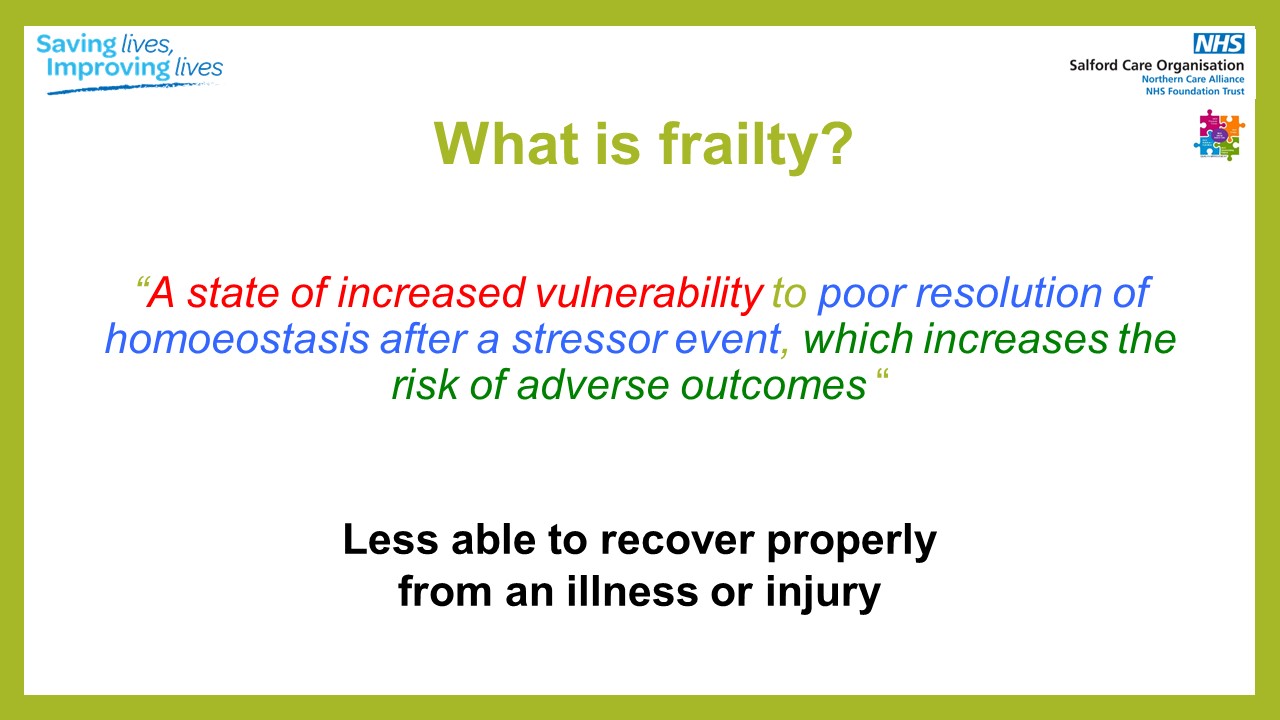
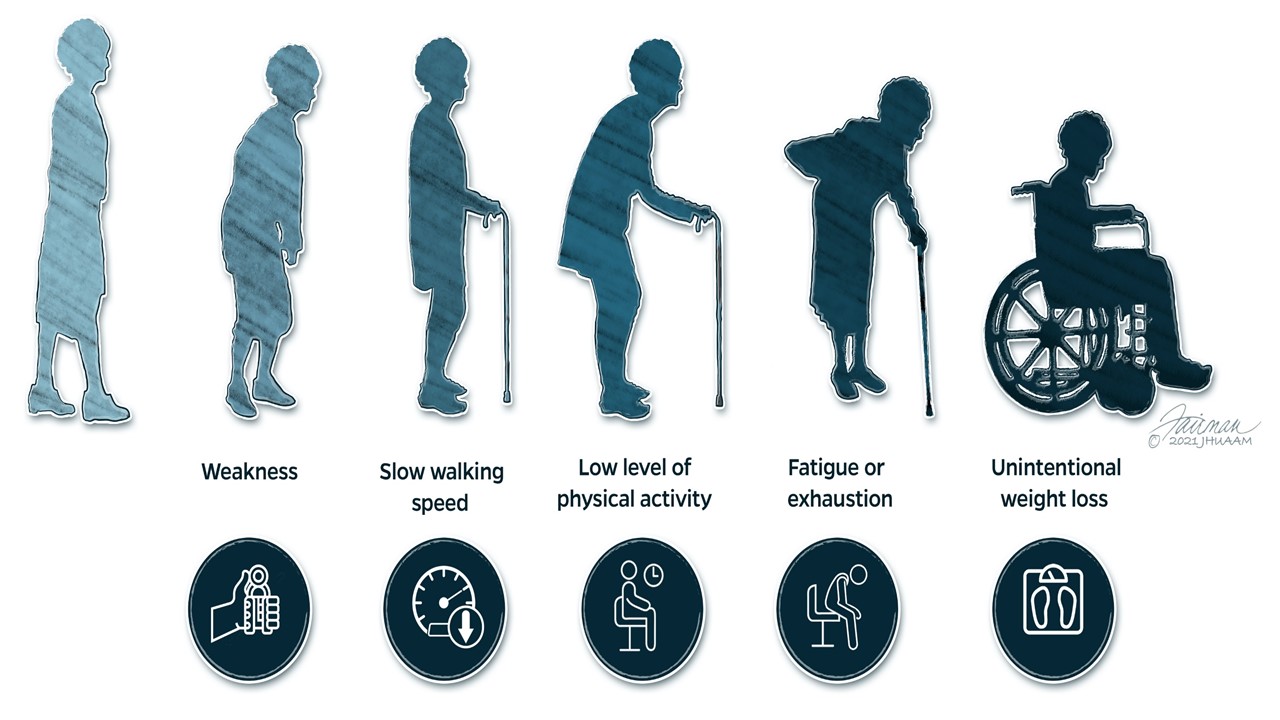
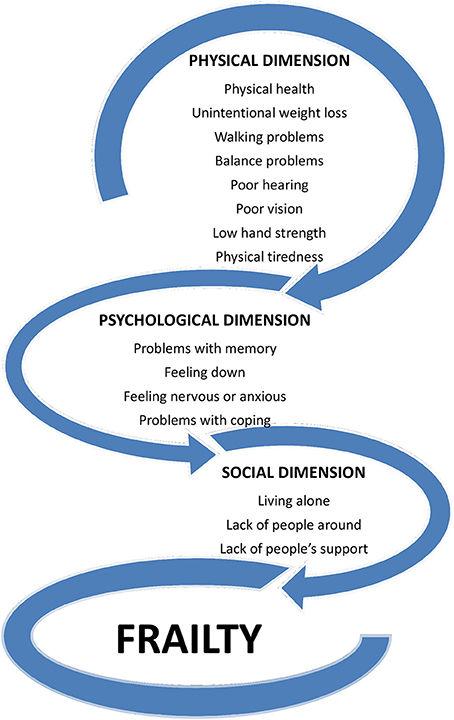
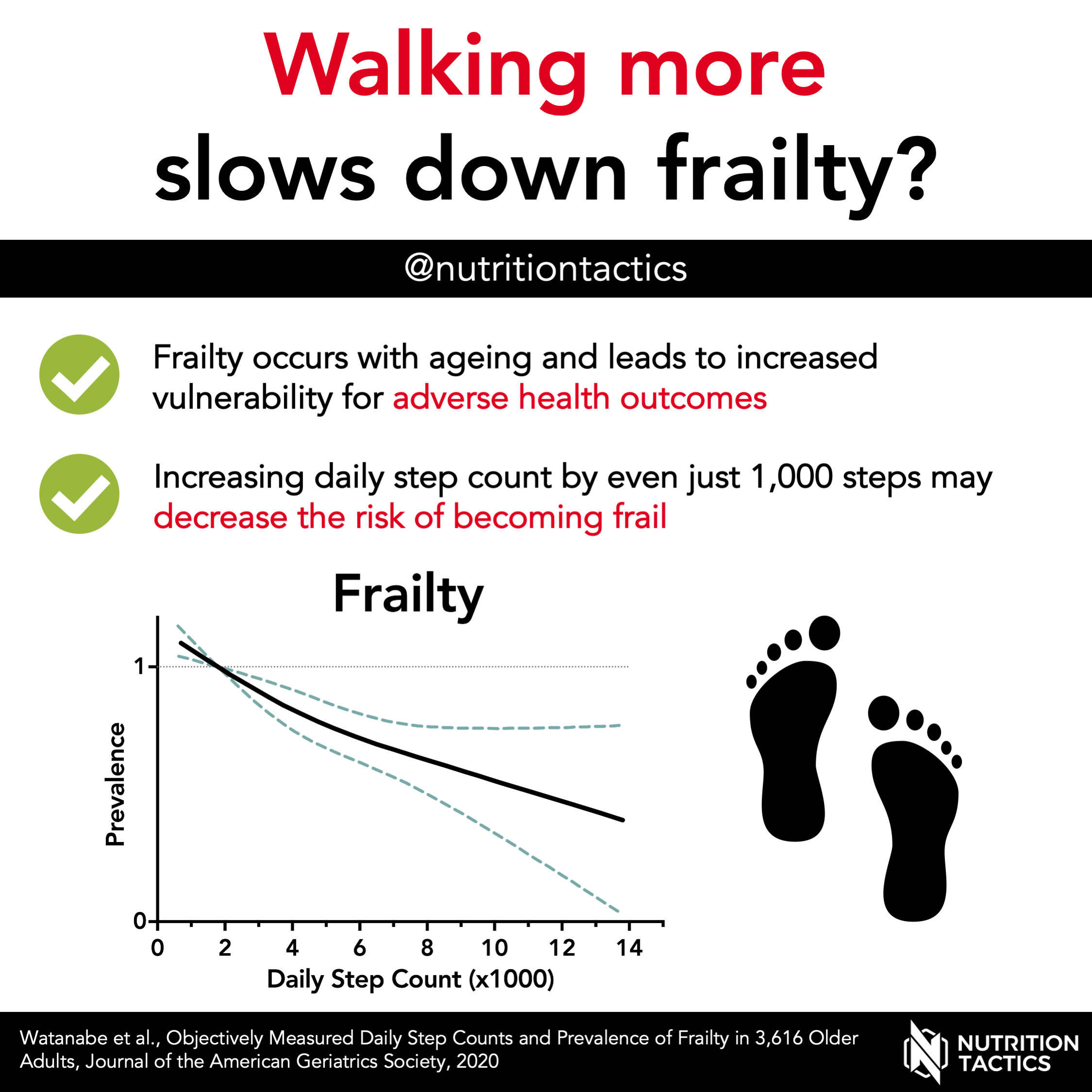







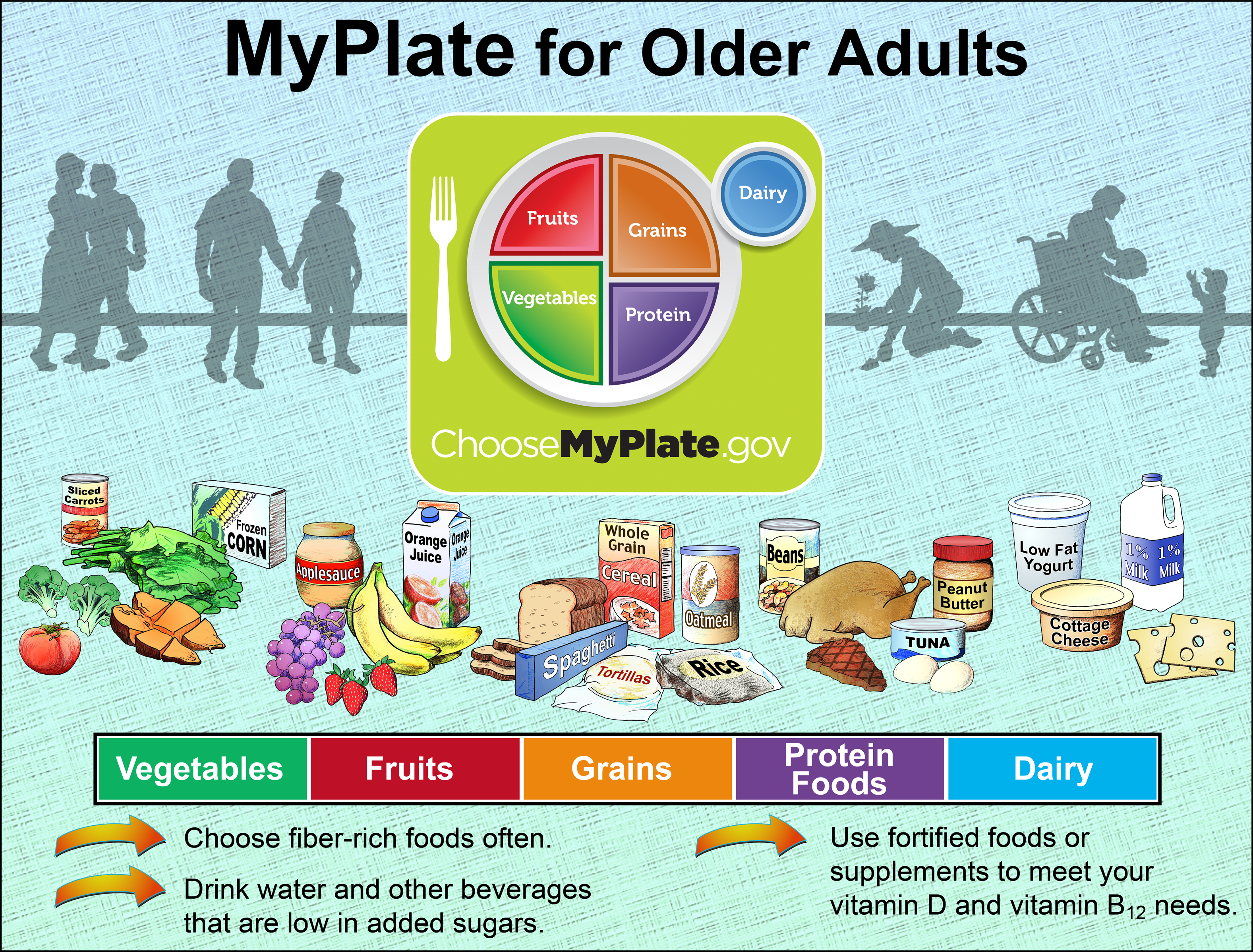


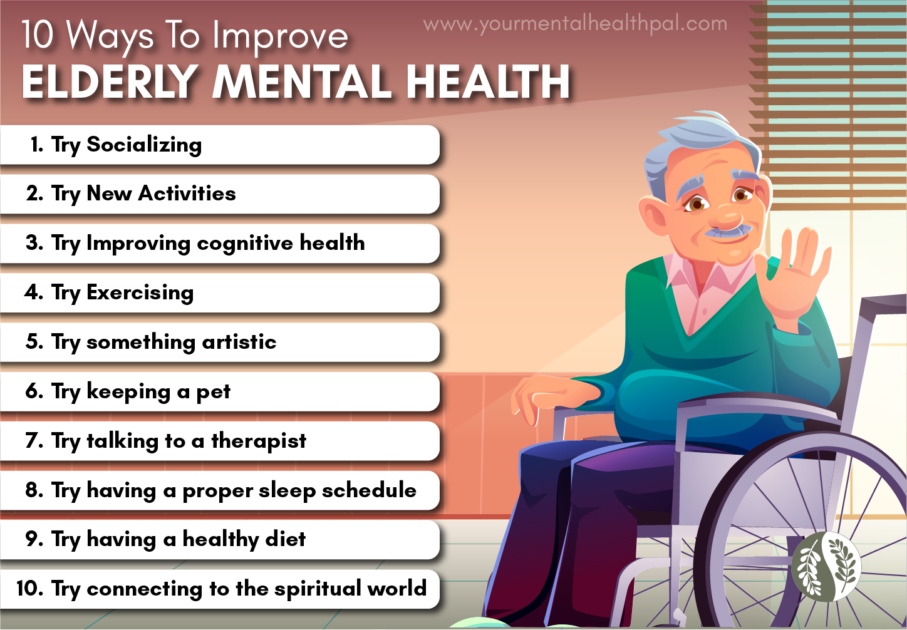
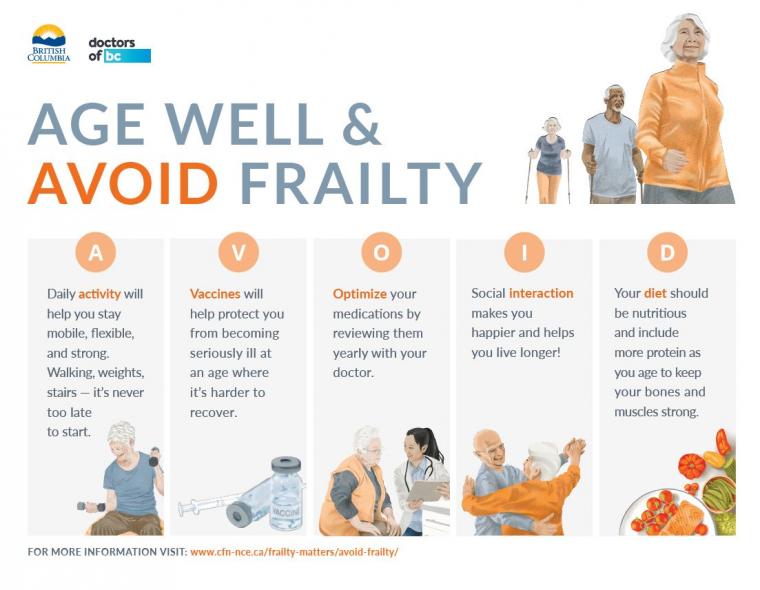


Comments
Post a Comment